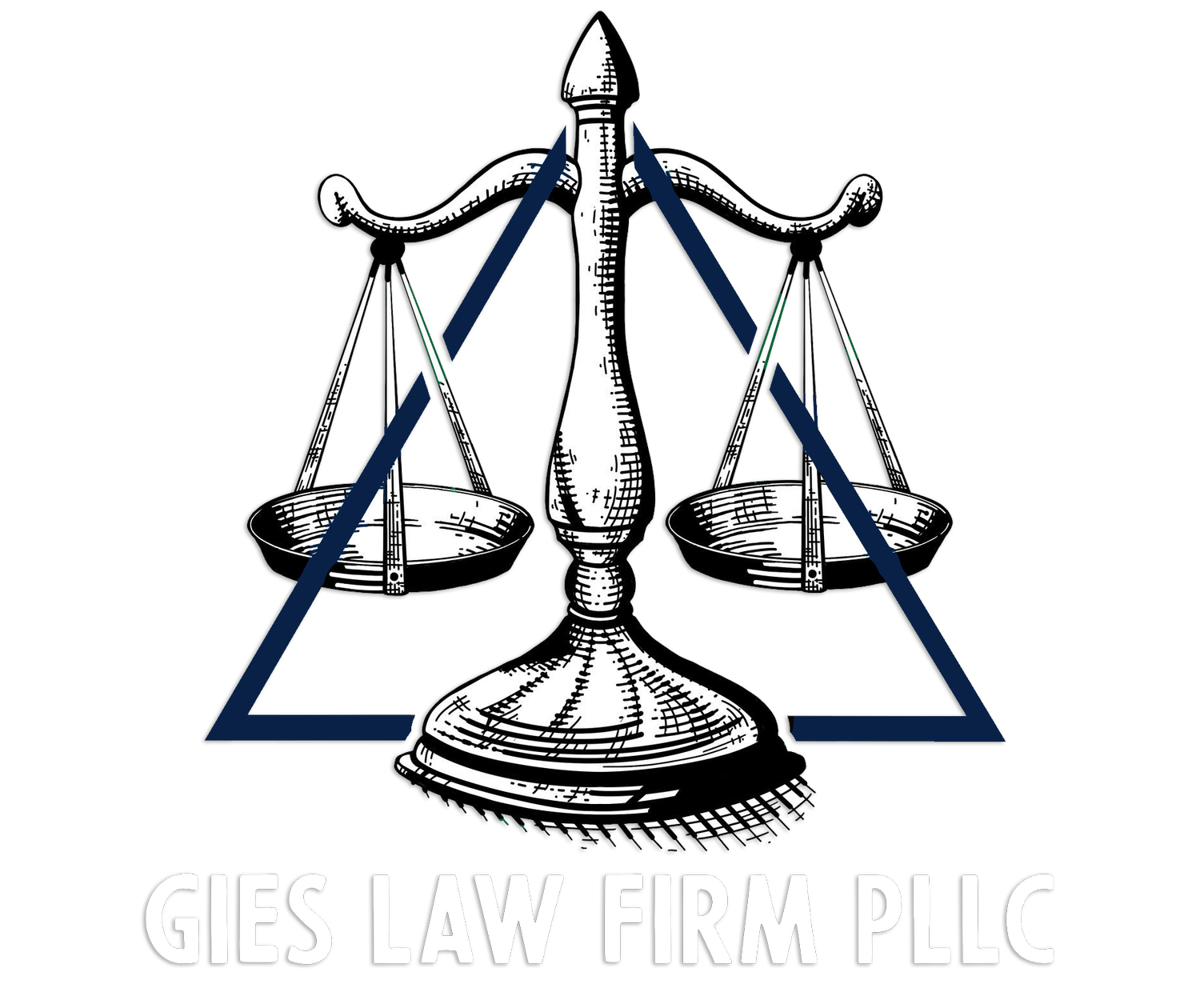Understanding Oklahoma’s THCA Regulations
Similarly to how it’s always been THCA, it’s also always been illegal to produce and market “THCA flower” or its derivatives as hemp in Oklahoma.
The 2018 Farm Bill, officially known as the Agriculture Improvement Act of 2018, has played a crucial role in shaping the current landscape of hemp production and sale in the United States, including the proliferation of products like THCA flower and delta-9 (D9) THC-infused edibles.
One of the most significant aspects of the 2018 Farm Bill was its redefinition of hemp and its removal from the definition of marijuana in the Controlled Substances Act (CSA). Hemp was defined as the Cannabis sativa L. plant and any part of the plant with a delta-9 THC concentration of not more than 0.3 percent on a dry weight basis. By distinguishing hemp from marijuana based on THC content, the bill effectively legalized the cultivation, production, and sale of hemp and hemp-derived products at the federal level, provided they meet this THC threshold.
This meant that as long as the final product didn't surpass the 0.3 percent delta-9 THC limit, it was federally legal. This provision has been interpreted to allow for the sale of THCA flower and D9 gummies, as THCA is not psychoactive and typically does not count towards the THC limit unless it's decarboxylated, which converts THCA into THC.
The federal bill allowed states to develop their own hemp regulatory programs, which could be more restrictive than the federal regulations. Because the bill's language focused on delta-9 THC content, some states and businesses identified a loophole: products with high levels of THCA, which could convert to THC when heated, were technically legal if they contained less than 0.3 percent delta-9 THC in their raw form.
Similarly, D9 gummies and THC-infused drinks, which have become popular, exploit this loophole. These products are often formulated to have a delta-9 THC content at or below 0.3 percent per serving, complying with the federal definition of hemp-derived products.
The result has been a patchwork of state-level regulations that sometimes differ from federal standards. In states like Wisconsin, this has even allowed for THC-infused drinks to be served in bars while second possession of any amount of THC remains a felony. This highlights the variance in enforcement and legal interpretation across the country.
This has all made the path to understanding hemp THC regulations in Oklahoma foggy for many growers and producers, with a spate of licensed growers transitioning from the Oklahoma Medical Marijuana Authority (OMMA) to hemp licenses regulated by the Oklahoma Department of Agriculture, Food, and Forestry (ODAFF).
On April 22, 2024, a clarification letter was issued by the ODAFF regarding the Total THC requirements for hemp products. This letter was not an introduction of new standards but a reminder of the compliance requirements with the USDA's definition of Total THC. This definition takes into account both the THC and the THCA content post-decarboxylation.
It’s essential to reiterate that the regulations causing a stir today are grounded in legislation that's been on the books since 2019. Oklahoma took a significant step towards hemp legalization when Governor Kevin Stitt signed Senate Bill 868 into law. This pivotal legislation decriminalized hemp by setting the stage for ODAFF to establish rules aligning with federal standards. The crux of these rules includes a detailed methodology for testing hemp, which does factor in the conversion of delta-9 tetrahydrocannabinolic acid (THCA) into delta-9 tetrahydrocannabinol (THC).
The ODAFF Admin Code 35 Subchapter 24 is clear: for a product to be classified as hemp, the Total THC content, which is the cumulative amount of THC and THCA, must not exceed 0.3% post-decarboxylation.
2) Testing methodology shall account for the potential conversion of delta-9 tetrahydrocannabinolic acid (THCA) in hemp into delta-9 tetrahydrocannabinol (THC) and the test results shall reflect the total available THC derived from the sum of the THC and THCA content;
The consequences of not adhering to these standards are far from trivial. The fines can be as steep as $10,000 per violation, per day or occurrence. Moreover, civil action and enforcement measures could follow. A violation of the provisions of the Oklahoma Industrial Hemp Program and the rules of the aforementioned subchapter are subject to enforcement in accordance with Title 2 O.S. §§ 3-401 et seq.—which includes but is not limited to seizure and forfeiture of property possessed in violation of the code.
The April 22nd letter is a stark warning that underscores the importance of understanding and adhering to these regulations as much as it is a clarification.
Given the complexities and varying interpretations of the 2018 Farm Bill, it's critical for businesses and consumers to seek legal advice to ensure compliance with both federal and state laws. As we've seen, the rules can be intricate and what is permissible in one state may not be in another.
For Oklahoma businesses entangled in this regulatory maze, or for those nationwide seeking clarity on how the 2018 Farm Bill impacts their exports, seeking expert legal counsel is highly recommended.
At Gies Law Firm, we specialize in demystifying the complex legal landscape surrounding hemp and THC regulations. Our expertise can help you navigate these choppy waters, whether you are realigning your business practices or looking to ensure your products meet legal standards. We offer guidance that ensures businesses are in compliance with current laws and are prepared for future regulatory shifts. Get in touch if we can help you make informed decisions and maintain compliance, steering clear of legal pitfalls.


